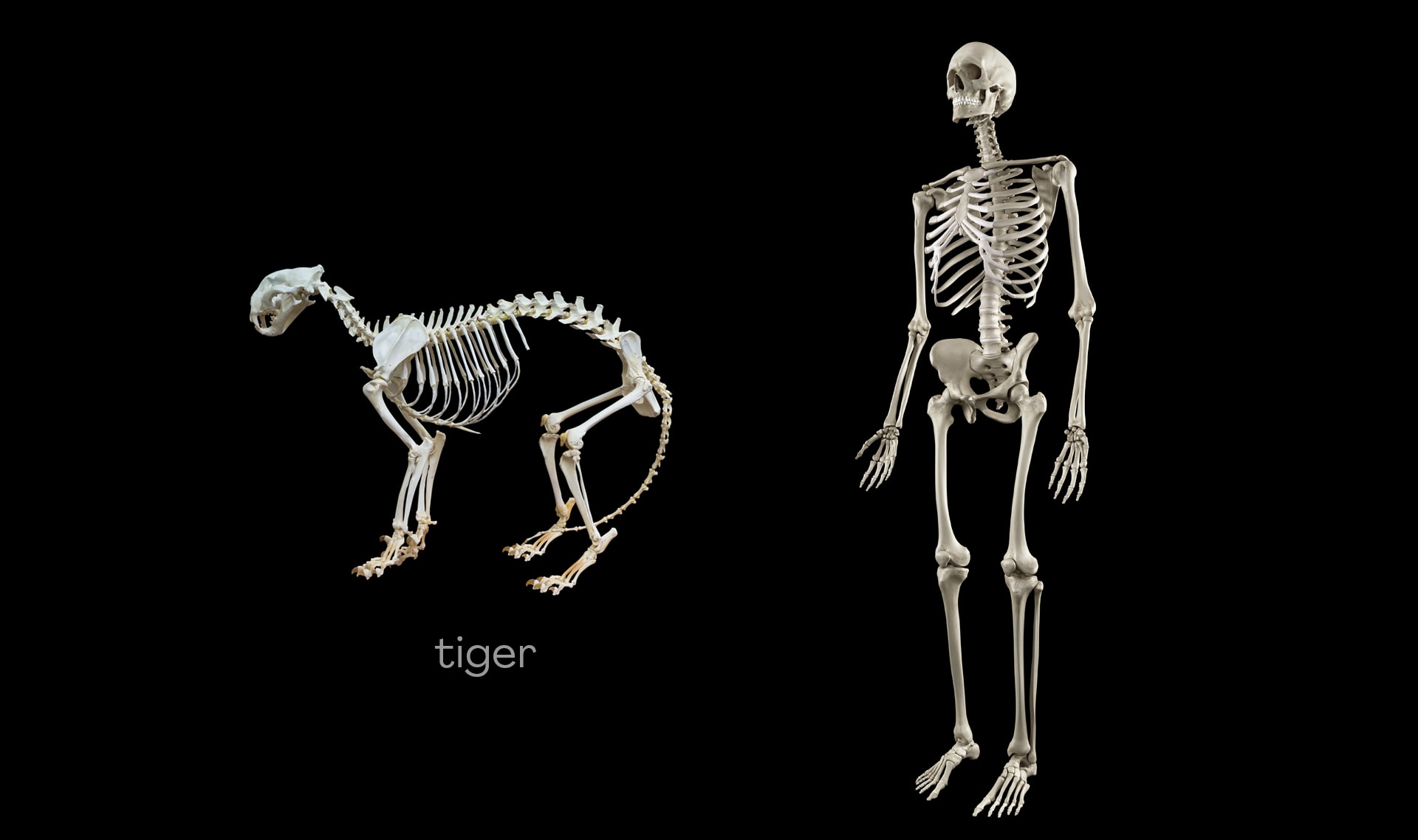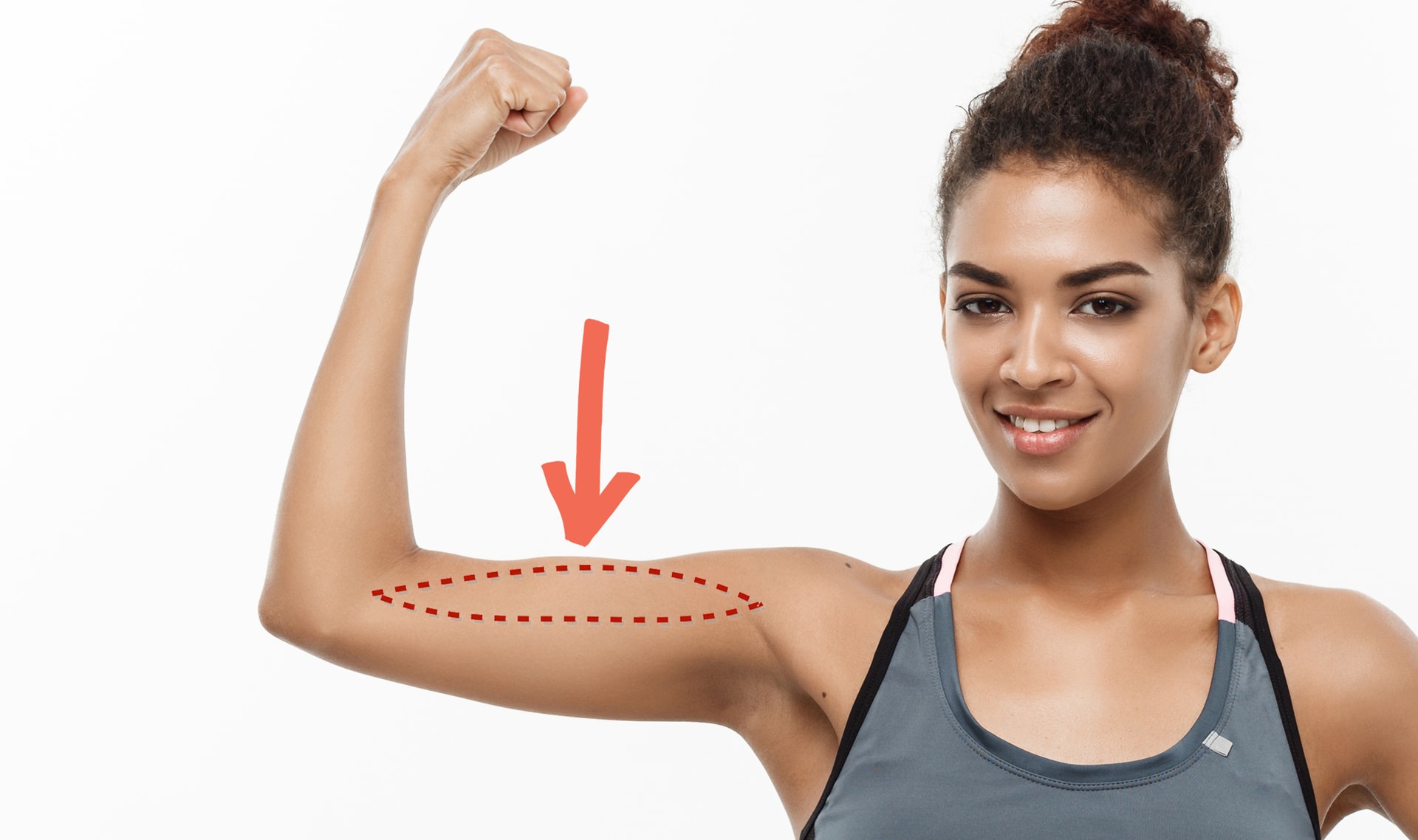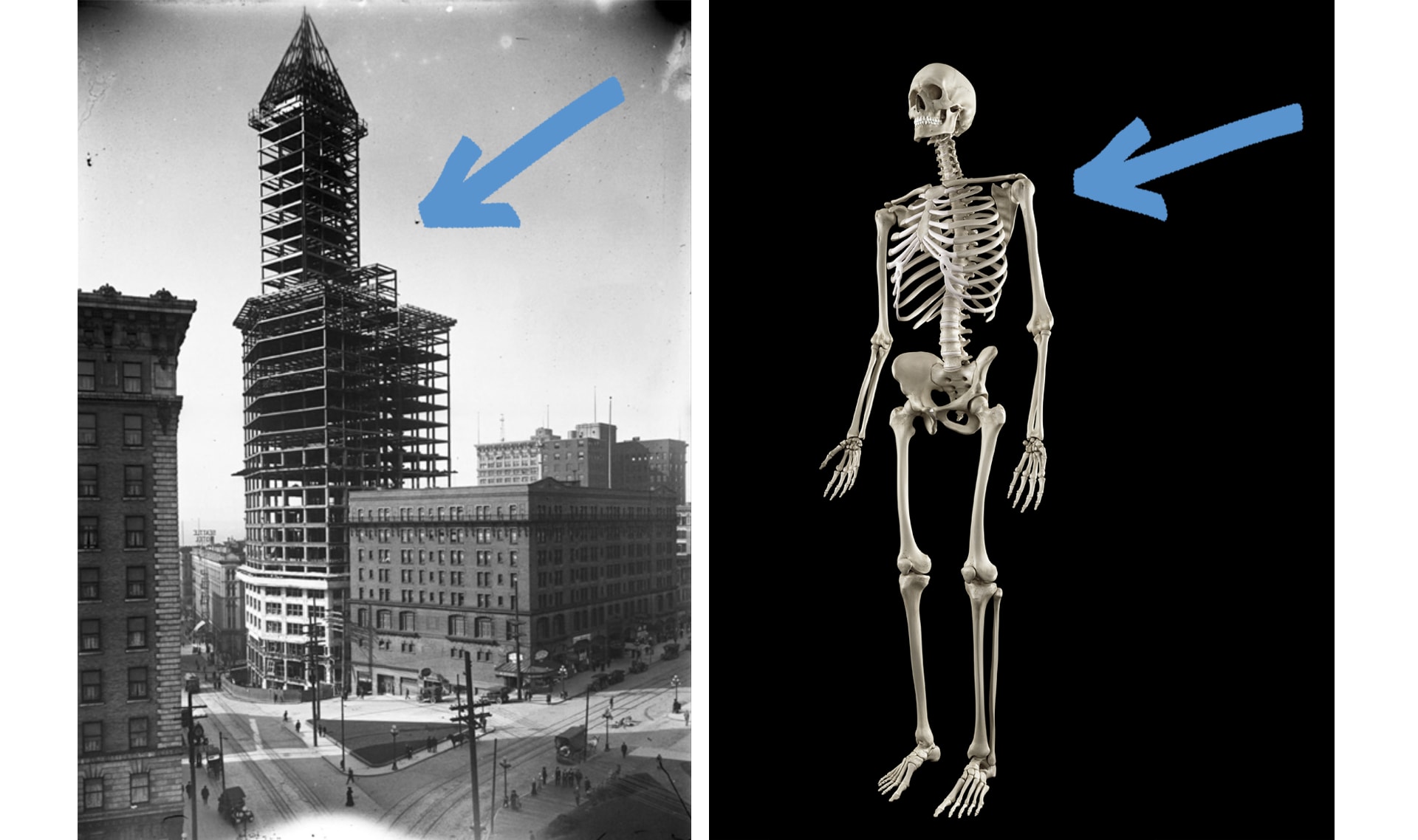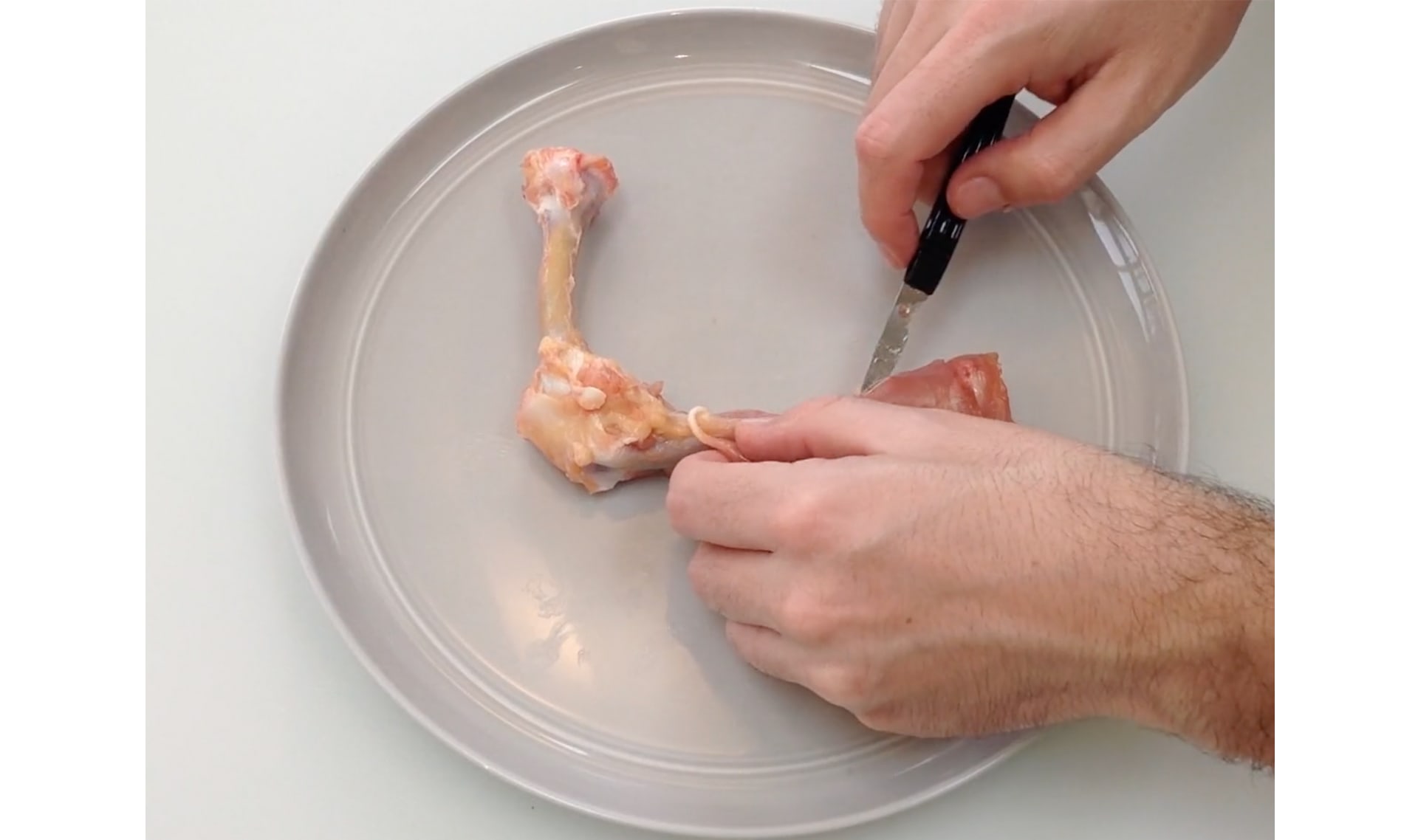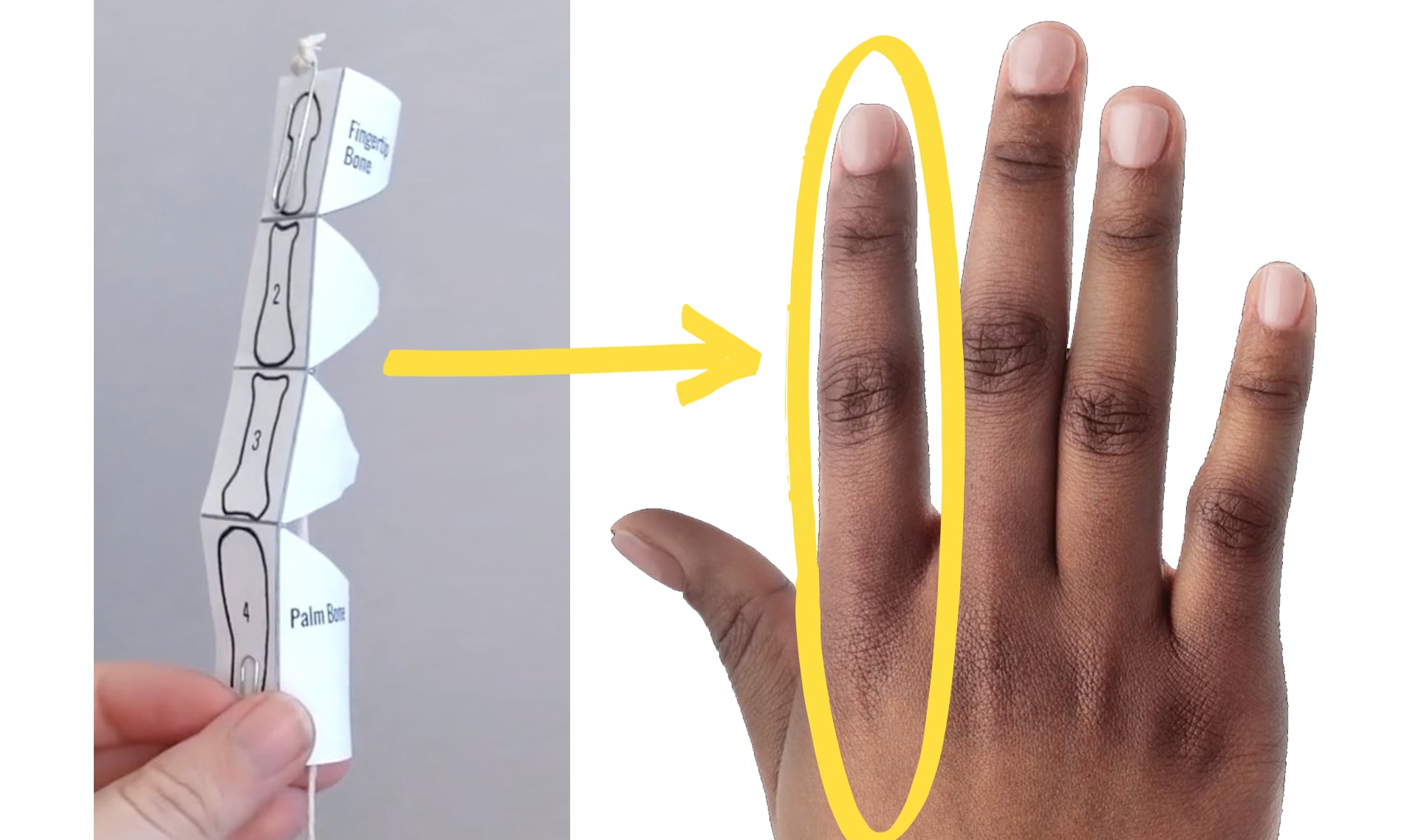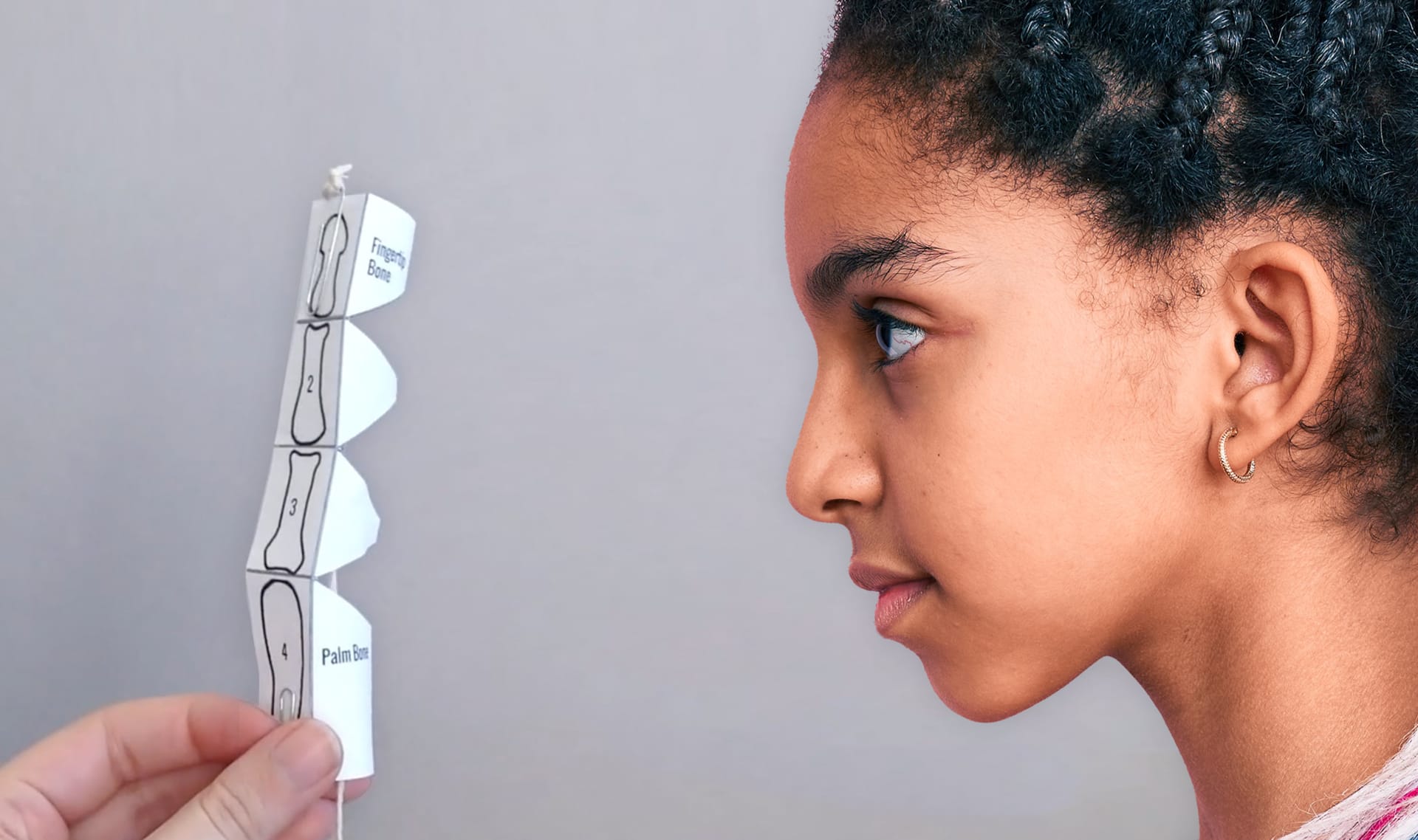Featured Reviews
·
Steve
·
Teacher
· about 5 years ago
·
Katana
·
Teacher
· about 5 years ago
·
Elizabeth
·
Homeschooler
· about 5 years ago
·
Robert
·
Teacher
· about 5 years ago
·
Monique
·
Admin
· over 5 years ago
·
Ana
·
Teacher
· over 5 years ago
·
Sally
·
Teacher
· over 5 years ago
·
Alisha
·
Teacher
· over 5 years ago
·
Kelly
·
Teacher
· over 5 years ago
·
Shannon
·
Teacher
· about 6 years ago
·
Kristeen
·
Teacher
· over 6 years ago
·
Diana
·
Homeschooler
· almost 7 years ago
·
Heather
·
Teacher
· about 7 years ago
·
Christopher
·
Teacher
· about 7 years ago
·
Jennifer
·
Teacher
· about 7 years ago
·
Jeanne
·
Teacher
· about 7 years ago
·
Natalie
·
Teacher
· about 7 years ago
·
Julie
·
Homeschooler
· about 7 years ago
·
Kristin
·
Teacher
· about 7 years ago
·
Angela
·
Teacher
· over 7 years ago
·
·
Teacher
· over 7 years ago
·
·
Teacher
· over 7 years ago
·
Rachel
·
Teacher
· over 7 years ago
·
·
Teacher
· over 7 years ago
·
Trini
·
Teacher
· over 7 years ago
·
Aimee
·
Teacher
· over 7 years ago
·
Chad
·
Teacher
· over 7 years ago
·
Jordan
·
Homeschooler
· over 7 years ago
·
Amy
·
Teacher
· over 7 years ago
·
Christine
·
Teacher
· over 7 years ago
·
Susan
·
Teacher
· over 7 years ago
·
Nancy
·
Teacher
· over 7 years ago
·
Andrea
·
Teacher
· over 7 years ago
·
Debbie
·
Teacher
· over 7 years ago
·
Kevin
·
Teacher
· over 7 years ago
·
Tamra
·
Homeschooler
· over 7 years ago
·
Kristen
·
Teacher
· over 7 years ago
·
Monique
·
Teacher
· over 7 years ago
·
Jennie
·
Homeschooler
· over 7 years ago
·
Amy
·
Homeschooler
· over 7 years ago
·
Liz
·
Teacher
· over 7 years ago
·
Jackie
·
Homeschooler
· over 7 years ago
·
Nancy
·
Teacher
· over 7 years ago
·
Amber
·
Teacher
· over 7 years ago
·
Ashley
·
Teacher
· over 7 years ago
·
Callie
·
Teacher
· over 7 years ago
·
DeAnna
·
Teacher
· over 7 years ago
·
Jordyn
·
Teacher
· over 7 years ago
·
Heather
·
Teacher
· over 7 years ago
·
Shirley
·
Teacher
· over 7 years ago
·
Michelle
·
Teacher
· over 7 years ago
·
Mary
·
Teacher
· over 7 years ago
·
Kelly
·
Teacher
· over 7 years ago
·
Carrie
·
Teacher
· over 7 years ago
·
Chris
·
Teacher
· almost 8 years ago
·
·
Teacher
· almost 8 years ago
·
Ron
·
Teacher
· almost 8 years ago
·
Kailey
·
Teacher
· almost 8 years ago
·
Glenda
·
Teacher
· almost 8 years ago
·
Juliann
·
Teacher
· almost 8 years ago
·
Gretchen
·
Teacher
· almost 8 years ago
·
Susan
·
Teacher
· almost 8 years ago
·
Lauren
·
Teacher
· almost 8 years ago
·
Jennifer
·
Teacher
· almost 8 years ago
·
Michelle
·
Teacher
· almost 8 years ago
·
Amy
·
Teacher
· almost 8 years ago
·
Mary
·
Teacher
· almost 8 years ago
·
Colleen
·
Teacher
· almost 8 years ago
·
·
Teacher
· almost 8 years ago
·
Leslie
·
Teacher
· almost 8 years ago
·
Lori
·
Teacher
· almost 8 years ago
·
Julie
·
Teacher
· almost 8 years ago
·
Pamela
·
Teacher
· almost 8 years ago
·
Christi
·
Teacher
· almost 8 years ago
·
Jerry
·
Teacher
· almost 8 years ago
·
Melissa
·
Teacher
· almost 8 years ago
·
Marlean
·
Teacher
· almost 8 years ago
·
Roxanne
·
Teacher
· almost 8 years ago
·
Gretchen
·
Teacher
· almost 8 years ago
·
·
Teacher
· almost 8 years ago
·
Brendy
·
Teacher
· almost 8 years ago
·
Margaret
·
Teacher
· almost 8 years ago
·
Sally
·
Teacher
· almost 8 years ago
·
Stacy
·
Teacher
· almost 8 years ago
·
Sarah
·
Teacher
· almost 8 years ago
·
Christi
·
Teacher
· almost 8 years ago
·
David
·
Teacher
· almost 8 years ago
·
Holly
·
Teacher
· almost 8 years ago
·
Heather
·
Teacher
· almost 8 years ago
·
Kim
·
Teacher
· almost 8 years ago
·
Debbie
·
Homeschooler
· almost 8 years ago
·
Kristin
·
Teacher
· almost 8 years ago
·
Angela
·
Teacher
· almost 8 years ago
·
Mikkie
·
Teacher
· almost 8 years ago
·
Lily
·
Teacher
· almost 8 years ago
·
Mary
·
Teacher
· almost 8 years ago
·
·
Teacher
· almost 8 years ago
·
Jessica
·
Teacher
· almost 8 years ago
·
Josie
·
Homeschooler
· almost 8 years ago
·
Kristen
·
Teacher
· almost 8 years ago
·
Brooke
·
Teacher
· almost 8 years ago
·
Aimee
·
Teacher
· almost 8 years ago
·
Penny
·
Teacher
· almost 8 years ago
·
Amanda
·
Teacher
· almost 8 years ago



